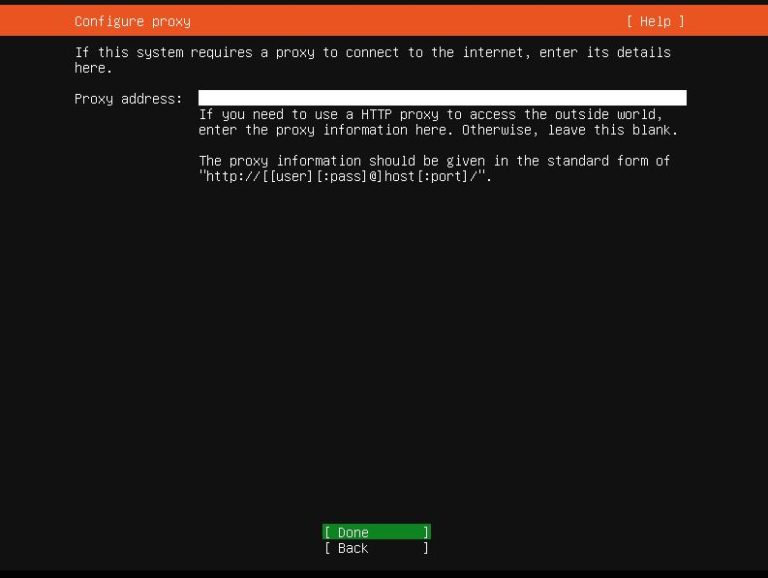
Setup the fixed IP for the Host-only network interface. Log in to the machine and install OpenSSH - you will need to log in from the windows machine to your virtual machine, I find this easier than login using the VirtualBox screen, copy and paste there is a nightmare. At the VM Settings/Network keep TWO Adapters, first one Attached to Bridged Adapter, second one attached to Host-only Adapter, the second one will have the fixed IP. Create the new VM and install Ubuntu Server, or clone an existing one. Then I saw a video from Corey Schaffer talking about a network of machines with VirtualBox, then the Aha moment happened: KEEP TWO NETWORK INTERFACES IN THE VM!! Here are the oversimplified steps to do it: Update hosts file everytime a new VM starts or is rebooted, OMG NO. Access the machines with the IP address that I would need to check and write it down somewhere… NO!. Setup the router DHCP to reserve an IP for that specific VM, not gonna work I will have lots of machines. Updatable Local DNS, Then I would need to setup my DNS use it, and keep track of a list of name and IP, and the VM would need to update me with the new IP, way too much work, no!. 
But now here it comes the new challenge: How do I access the internet from the VM or even from the docker inside the VM and use a name to connect to it? I started to think about some crazy ideas

After some hours banging my head against the wall I decided to create a Linux Virtual Machine using Virtualbox and use docker from there. Tried to use the Docker Toolbox that didn’t work as smooth as I expected. While installing docker on my windows 10 machine I found that Docker for Windows requires 64-bit Windows 10 Pro with Hyper-V available, what? omg, I was expecting something simple… but NISBEIP, let’s move on.






 0 kommentar(er)
0 kommentar(er)
